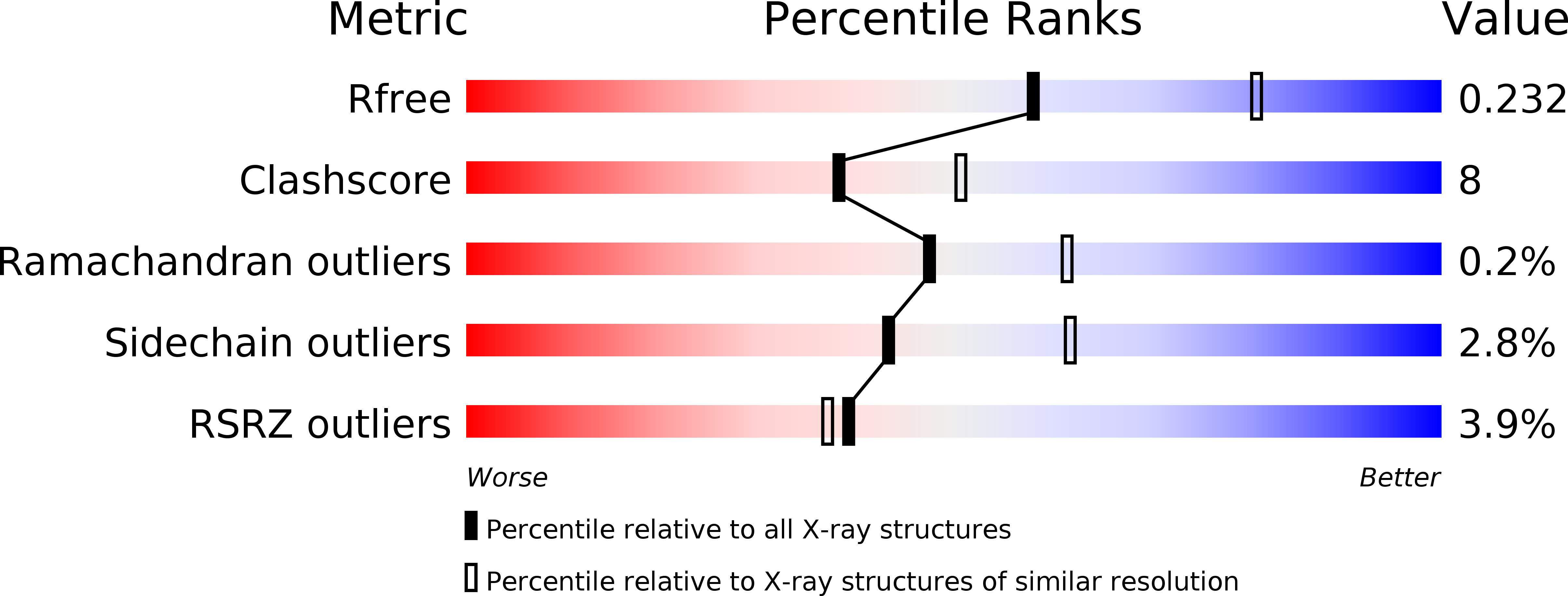
Deposition Date
2019-02-19
Release Date
2019-03-20
Last Version Date
2023-10-11
Entry Detail
PDB ID:
6O1E
Keywords:
Title:
The crystal structure of human MORC3 ATPase-CW in complex with AMPPNP
Biological Source:
Source Organism:
Homo sapiens (Taxon ID: 9606)
Host Organism:
Method Details:
Experimental Method:
Resolution:
2.41 Å
R-Value Free:
0.23
R-Value Work:
0.17
R-Value Observed:
0.18
Space Group:
P 31 2 1


